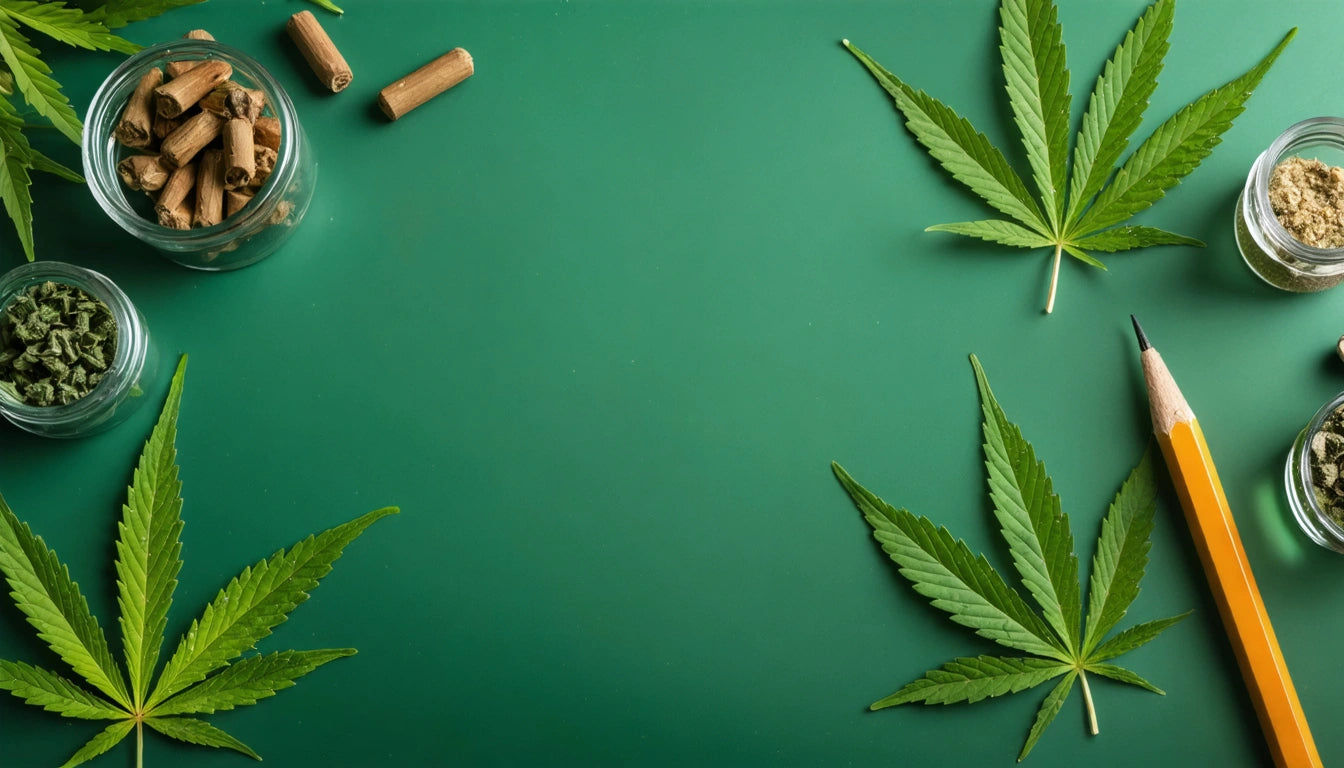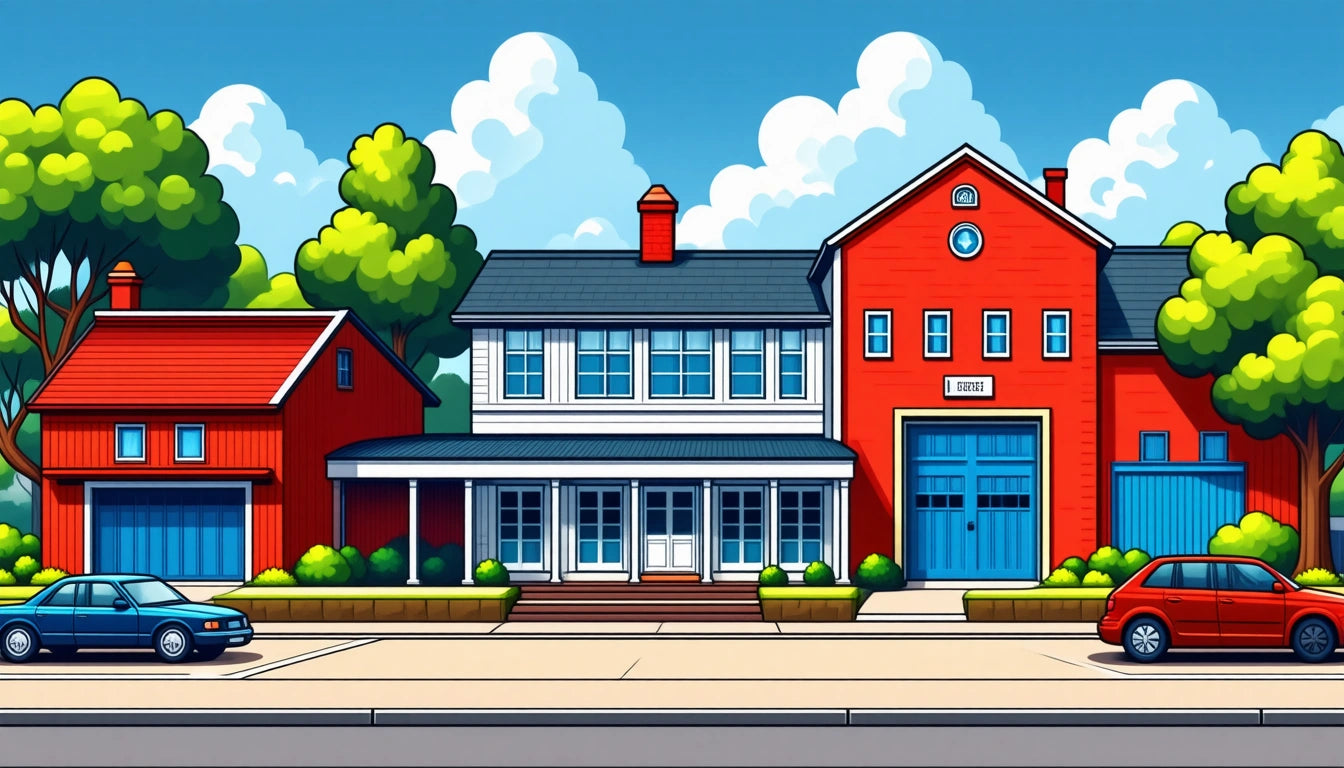Table of Contents
Cannabis brands face increasing pressure to adopt sustainable packaging solutions while maintaining profitable operations. With eco-friendly materials typically commanding premium prices, finding the right balance between environmental responsibility and financial viability presents a significant challenge. This guide explores practical strategies for pricing sustainable packaging without sacrificing your bottom line.
Understanding Sustainable Packaging Costs
Before establishing pricing strategies, it's essential to understand the true cost drivers behind sustainable packaging options.
Material Cost Differences
Sustainable materials generally cost more than conventional alternatives, with premiums ranging from 10-30% for compostable or recyclable options. This price difference stems from several factors:
- Smaller production scales for eco-materials
- Higher raw material sourcing costs
- Additional processing requirements
- Certification and compliance expenses
Compliance and Certification Costs
Meeting sustainability claims requires proper verification. Sustainability certifications add costs but provide credibility that can justify premium pricing. Common certifications include:
- Biodegradable Products Institute (BPI)
- Forest Stewardship Council (FSC)
- Sustainable Forestry Initiative (SFI)
- Recycled content certifications
Value-Based Pricing Strategies
Value-based pricing focuses on the perceived worth to customers rather than just production costs.
Consumer Willingness to Pay
Research shows that cannabis consumers increasingly value sustainability, with many willing to pay 5-15% more for products in eco-friendly packaging. This premium varies by market segment, with higher-end consumers typically demonstrating greater willingness to support sustainable initiatives.
Tiered Packaging Options
Offering multiple packaging options at different price points allows consumers to choose their level of sustainability investment:
- Standard tier: Recyclable options
- Premium tier: Compostable materials
- Ultra-premium tier: Reusable or innovative solutions
This approach lets price-sensitive customers access your products while allowing sustainability-focused consumers to opt for greener alternatives.
Cost Reduction Approaches
Implementing cost-saving measures can help offset the higher expenses of sustainable materials.
Bulk Purchasing and Vendor Relationships
Developing strategic relationships with suppliers can yield significant savings. Consider:
- Negotiating volume discounts
- Entering long-term contracts with guaranteed pricing
- Partnering with suppliers on exclusive designs
When evaluating equipment investments, consider versatile options like industrial grinding equipment that can process multiple material types, maximizing operational efficiency while supporting sustainable production methods.
Design Optimization
Innovative design approaches can reduce material usage while maintaining product protection:
- Minimalist designs that use less material
- Structural engineering to maintain strength with thinner materials
- Elimination of unnecessary packaging layers
- Standardization across product lines to increase volume discounts
Communication and Marketing
Effectively communicating the value of sustainable packaging is crucial for justifying premium pricing.
Transparency in Sustainability Claims
Build trust by being honest about your sustainability journey. Avoid greenwashing by:
- Making specific, verifiable claims
- Acknowledging areas for improvement
- Sharing your sustainability roadmap
- Providing clear disposal instructions
Educating Consumers
Help customers understand the value behind higher prices through:
- On-package information about materials and proper disposal
- In-store displays explaining sustainability benefits
- Digital content showcasing your environmental initiatives
- Recycling guidance that empowers consumers to complete the sustainability cycle
Future Profitability of Sustainable Packaging
Looking ahead, sustainable packaging is likely to become more economically viable as adoption increases and technology advances.
Several factors point to improved economics:
- Scaling production of sustainable materials will drive costs down
- Regulatory changes may incentivize or mandate sustainable options
- Consumer expectations continue to shift toward sustainability as a baseline requirement
- Brands with established sustainable practices will gain competitive advantages
Companies like those featured in these case studies demonstrate that integrating sustainability into core business strategies can drive both environmental and financial success.
By taking a holistic approach to sustainable packaging pricing, cannabis brands can balance environmental responsibility with business performance, positioning themselves for long-term success in an increasingly eco-conscious market.











Leave a comment
All comments are moderated before being published.
This site is protected by hCaptcha and the hCaptcha Privacy Policy and Terms of Service apply.